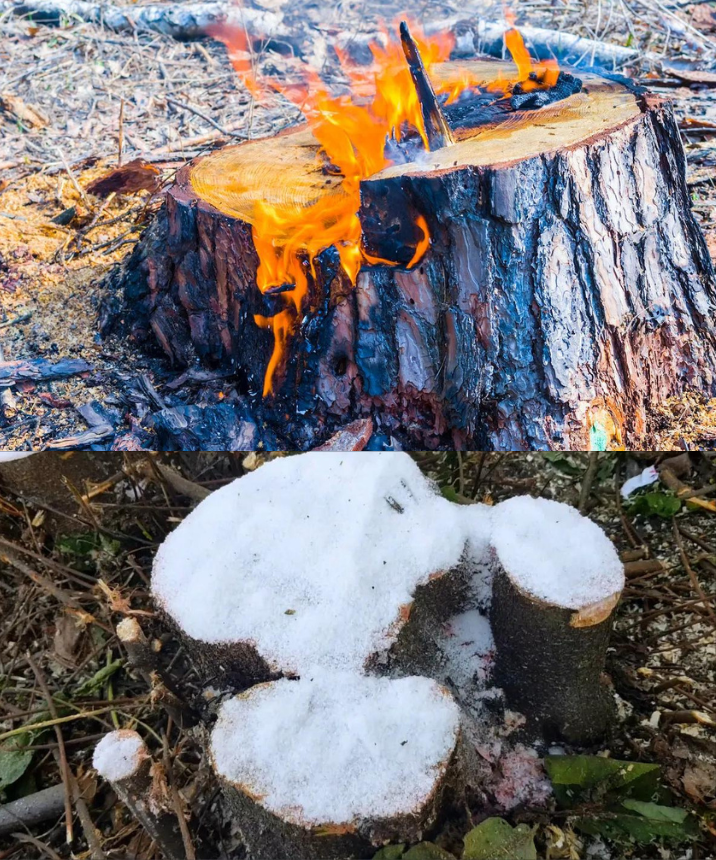Sooner or later, in almost every garden, the problem of removing a stump arises. Even if there were no trees to be felled initially, they will surely appear over time. Aging and diseases of fruit trees, the desire to change the landscape, or other reasons may lead to the need to remove at least one stump. Surely, you’ll receive applause for transforming your tree into a stump. But if the roots remain and hinder your future projects or bother you, your work is far from over. Moreover, this stump could attract pests. Fortunately, you don’t need to be a professional to get rid of it. There are several simple and great methods for stump decomposition. What are they? To know them, keep reading.
Highly Potent Stump Destroyer
The simplest method to eliminate a stump is to plan the landscaping in advance. If you use the right technique, you can clean up your garden in a matter of hours. But if you’re only planning a partial change, this may not be the best option. Before you start felling your tree, cut it as low as possible. This will help you to remove it more quickly and facilitate its extraction. The best stump destroyers without chemicals are salt and garlic cloves.
With Salt:
The property of salt (rock salt or table salt) to draw the sap out of the tree prevents it from growing. Additionally, the drying action will speed up the death of both the stump and the root system. It’s a very effective method, but it has its downside. Salt remains in the soil for a long time. As it’s water-soluble, rain washes it away to other parts of the garden. This poses a real danger to other plants that could also die.
Apply Vinegar:
Vinegar is also a drying agent, but it’s gentler on the environment than salt. However, it’s much less effective. Therefore, you’ll need perseverance and several applications to kill the roots. Carefully pour white vinegar directly onto the cut part of the stump. If your stump has been in place for longer, make vertical holes in the top. Be careful not to reach neighboring plants.
With Epsom Salt:
This isn’t really salt. It’s magnesium sulfate. This is much more environmentally friendly than salt and vinegar. Moreover, small amounts of magnesium help seeds germinate and produce chlorophyll. Small amounts of sulfur help plants produce vitamins. But if you give large amounts of Epsom salt to a stump, you’ll simply kill it. Spread it over the cut part and around the roots. You can use a foliar sprayer to apply it.
Mechanical Methods
With Fire:
It’s a simple but quite dangerous method. If you opt for it, you must take all necessary precautions. First, remove the remnants of the tree to ensure that your fire won’t damage nearby buildings or plants. You can’t use it in peat soils. Do the burning on a dry and windless day. Make sure you’ve moved all flammable objects to a distance that prevents the fire from spreading. Prepare water in case of fire. Drill two channels to a maximum depth. Make the first one vertical and the second one inclined with respect to the first. In the first one, light the fire. The second one will allow the necessary air for combustion.
Remove the Three Outer Layers:
The growth layers of trees have different functions. To destroy the stump, it’s necessary to reach the xylem or heartwood layer. Use pruning shears or an ax to cut the rings around the trunk. Rub the exposed xylem with soapy water and then with alcohol.
